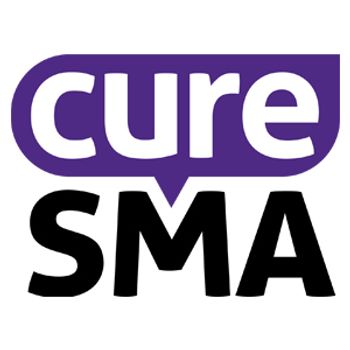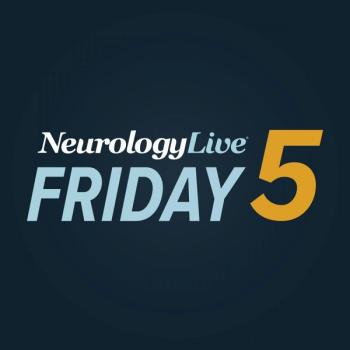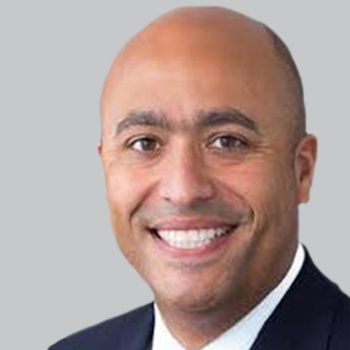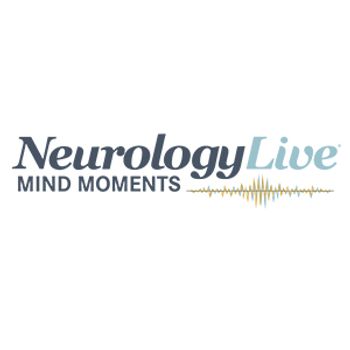
The AHS fellow, director of MedStar Georgetown Headache Center, and associate professor of neurology at MedStar Georgetown University Hospital spoke to the rapid expansion of headache medicine and what new research will be discussed at AHS 2020.

The AHS fellow, director of MedStar Georgetown Headache Center, and associate professor of neurology at MedStar Georgetown University Hospital spoke to the rapid expansion of headache medicine and what new research will be discussed at AHS 2020.

The new data from the phase 2 NURTURE study are set to be presented at the virtual Cure SMA Research and Clinical Care Meeting.

Results of the Jackson Heart Study suggest that cigarette smoking is linked with a dose-dependent higher risk of all stroke in black individuals compared to those who did not smoke.

An overwhelming number of patients with relapsing multiple sclerosis may accumulate disability due to underlying progressive disease course independent of relapse activity.

The funding for the Pediatric Neuromuscular Clinical Research Network will provide assistance to some of the world's highly skilled clinical trial investigators who have led studies that have resulted in numerous FDA approvals of breakthrough treatments.

The study confirmed previous study findings that indicated potential severe conditions such as stroke or inflammatory diseases can appear in later stages of COVID-19, including during recovery.

The AHS fellow, director of MedStar Georgetown Headache Center, and associate professor of neurology at MedStar Georgetown University Hospital discussed what topics the plenary talks will cover at AHS 2020.

Data show the therapy’s positive safety and expression results from a small number of clinical trial participants with limb-girdle muscular dystrophy type 2E out to 1 year.

The group medical director of neuroscience at Genentech spoke to the findings recently presented at the 6th Annual Meeting of the European Academy of Neurology.

Carrie Hersh, DO, MSc, assistant professor of neurology at the Cleveland Clinic Lerner College of Medicine, discusses recent data on natalizumab as well as what sets it apart from other multiple sclerosis treatments.

After respective approvals in December 2019 and March 2020, lemborexant (Dayvigo; Eisai) and ozanimod (Zeposia; Bristol Myers Squibb) have become available for patients with insomnia and multiple sclerosis.

The AHS fellow, director of MedStar Georgetown Headache Center, and associate professor of neurology at MedStar Georgetown University Hospital spoke to what to expect from this year’s annual scientific meeting.

Coutinho et al. noted that future studies that feature a larger population will help to better determine recovery rates after endovascular treatment.

Approximately one-fourth of the excess cases of maternal stroke associated with migraine were attributable to hypertensive disorders.

The founding executive director and chief science officer of the Alzheimer’s Drug Discovery Foundation discussed the recent approval of the imaging agent flortaucipir F18.

The clinical healthy psychology fellow at the Mellen Center for MS Treatment and Research at Cleveland Clinic discussed the reasoning behind his study evaluating conformity of masculine norms in patients with multiple sclerosis.

The first study to attempt to directly compare 3 debated treatment strategies to treat medication overuse headache showed the most significant change in monthly headache days by using withdrawal plus preventive treatment.

Neurology News Network for the week ending June 6, 2020.

Head of Global Clinical Development in Neurology at EMD Serono discussed the findings of a phase 2 assessment of the company’s investigational BTK inhibitor evobrutinib in multiple sclerosis.

Take 5 minutes to catch up on NeurologyLive's highlights from the week ending June 5, 2020.

The Adamas Pharmaceuticals agent has a PDUFA action date of February 1, 2021, as a treatment for off episodes in patients with Parkinson disease who are receiving levodopa-based therapy.

"Mind Moments," a podcast from NeurologyLive, brings you an exclusive interview with Shadi Yaghi, MD.

The Nippon Shinkyaku therapy also showed no treatment-emergent adverse events that required reduction, interruption, or discontinuation of the treatment.

The GERA-US study assessed societal costs associated with MCI and mild dementia, and caring for someone with Alzheimer disease, and was the first such study to show how the early stages of cognitive decline economically impact both patients and their caregivers.

Post-hoc data presented at the EAN Congress suggest patients with dyskinesia prior to starting treatment on the Kyowa Kirin agent were more likely to experience dyskinesia as an adverse event during treatment.

The assistant professor and director of Clinical Vascular Neurology Research at NYU Langone shares his reaction to data that has been published and what needs to be researched going forward.

Non-work-related activity impairment was statistically significantly reduced in the galcanezumab group compared to placebo.

The chief of pediatric neurology at the University of Tennessee Health Science Center, and director of the Comprehensive Epilepsy Program at Le Bonheur Children's Hospital spoke to the difficulty in connecting with colleagues with virtual meetings.

Incident impulse control disorder behaviors through the 5-year follow-up period were correlated with dopamine agonist use and depression, but not with age.

Raising glucose levels may prove to be a simple and novel technique for the prevention and treatment of post-dural puncture headache.